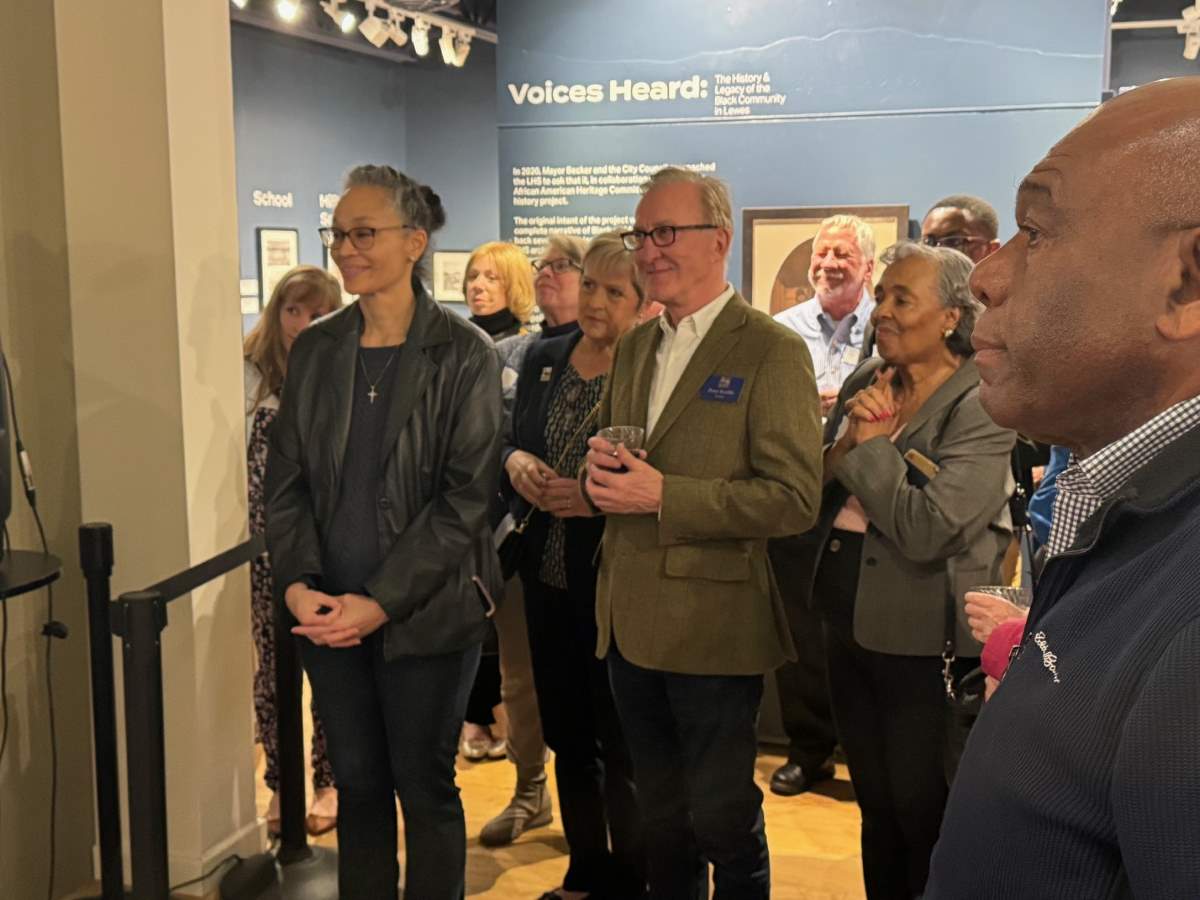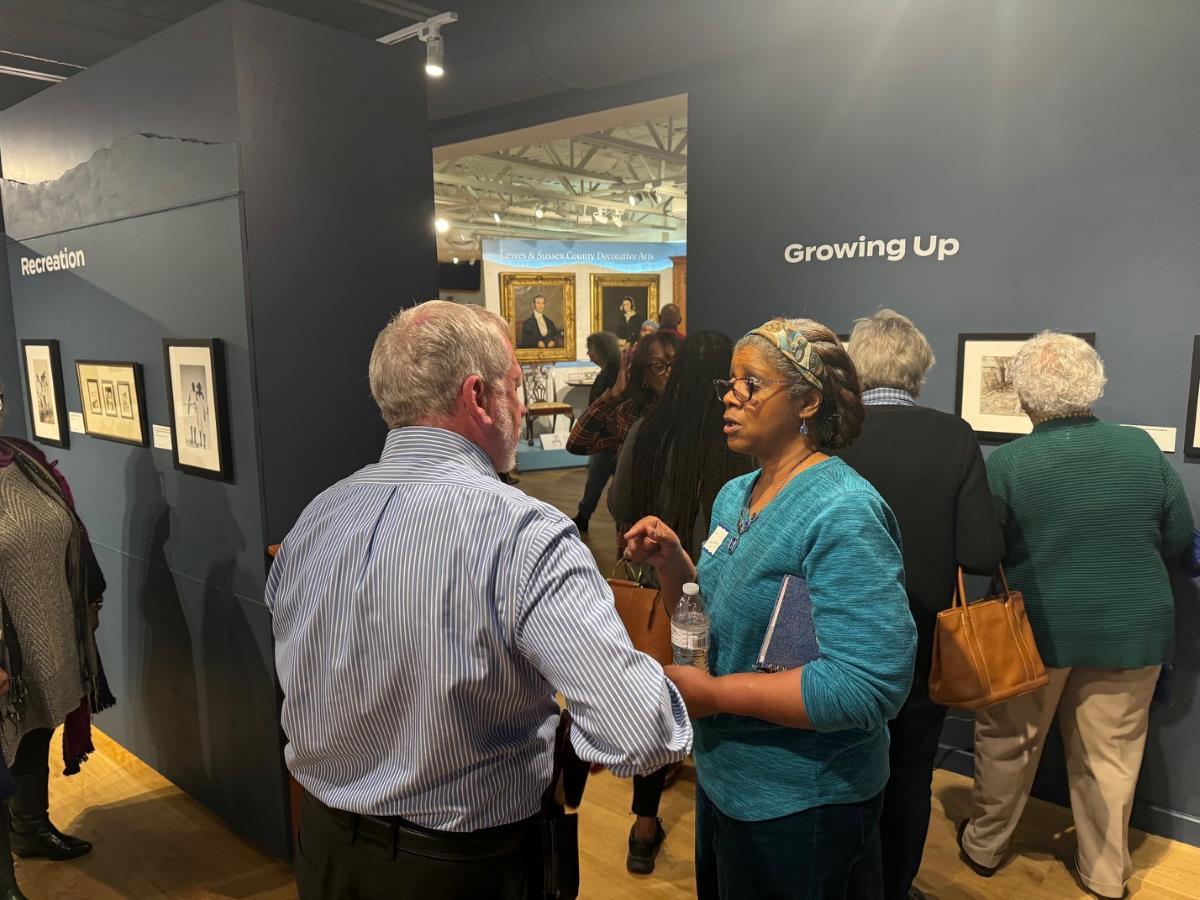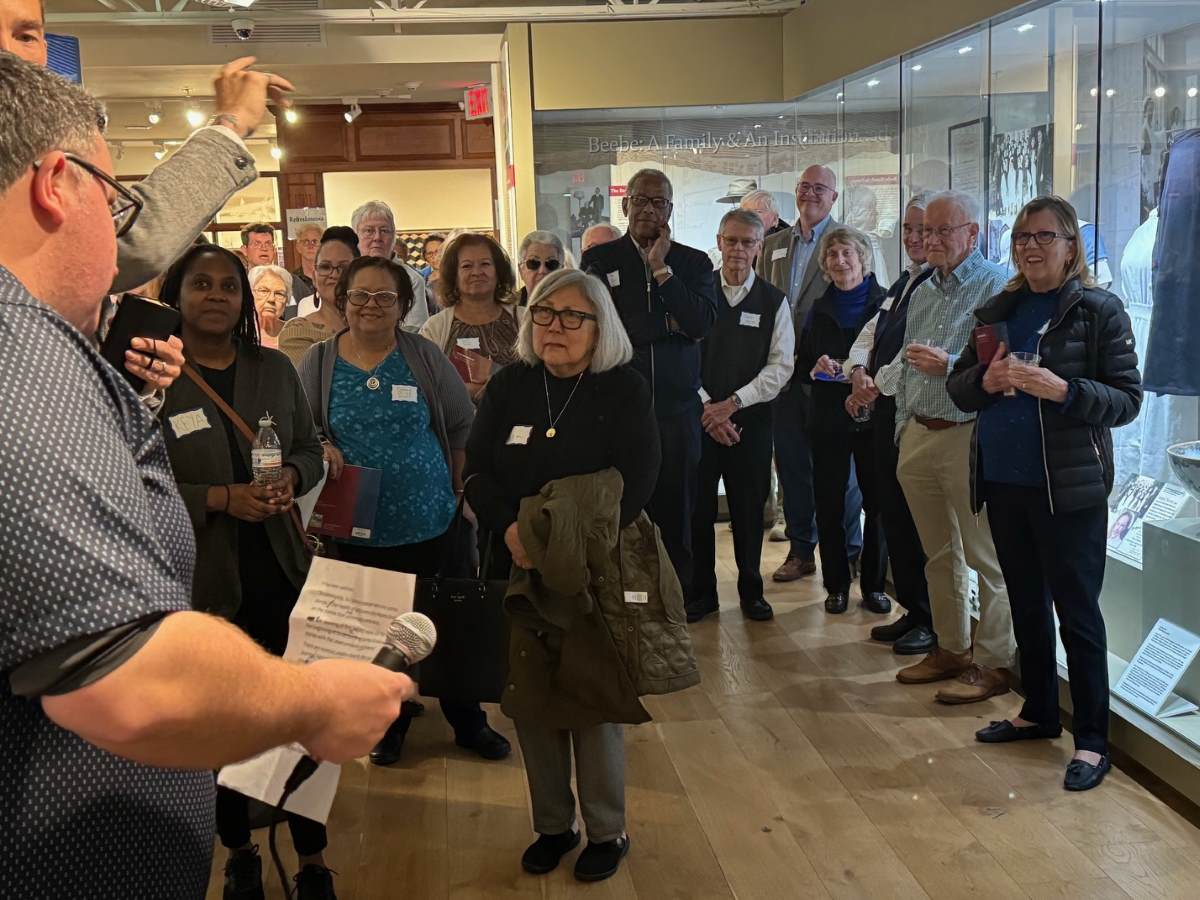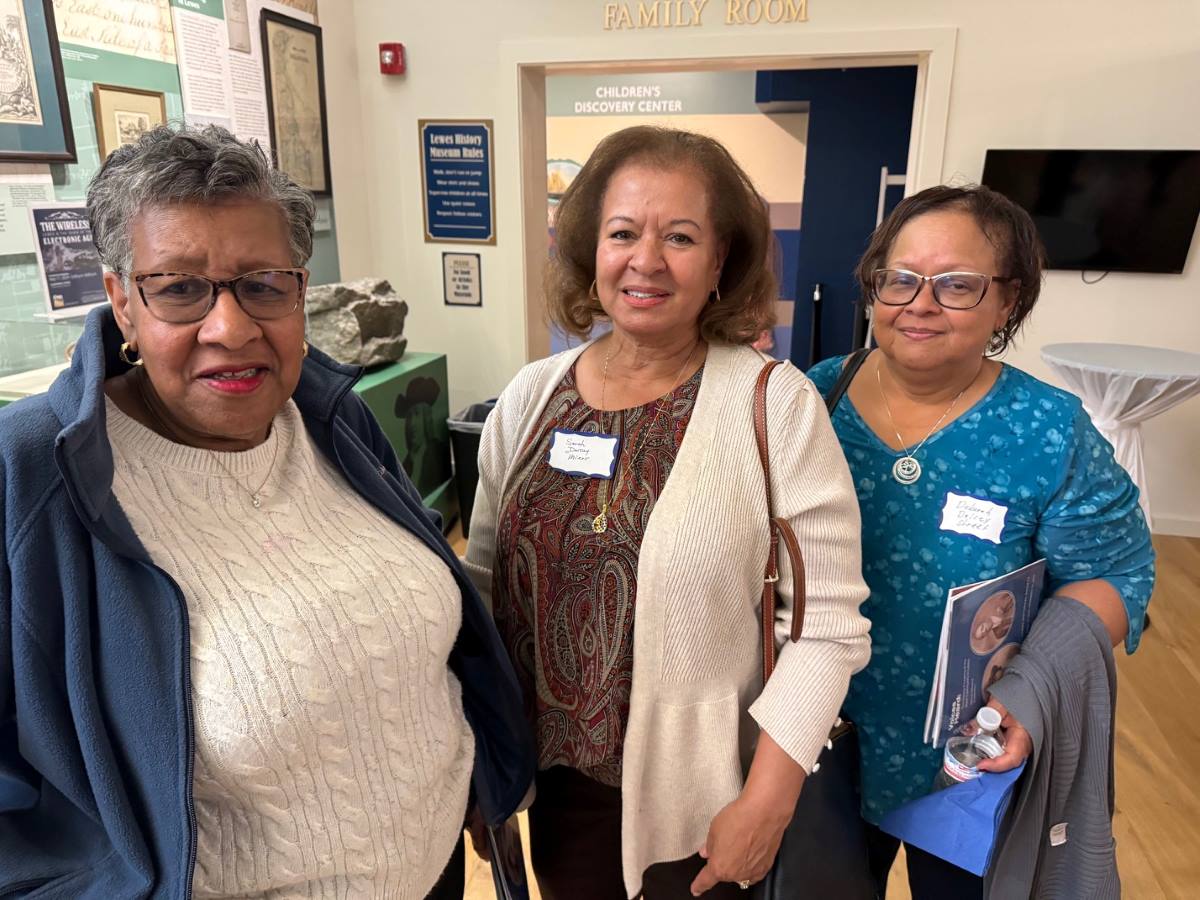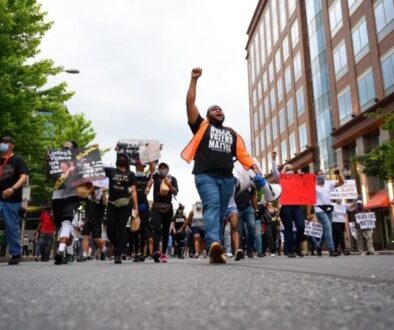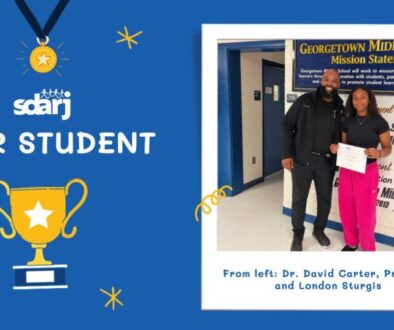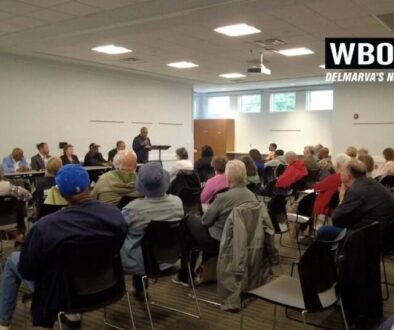Legacy of Black Community in Lewes Exhibit Opens to a Large Crowd
April 19, 2024 – Well over 100 people came out for the opening reception of the Voices Heard: The History and Legacy of the Black Community exhibit on Friday evening at the Lewes History Museum. Among the visitors were local representatives, members of the late Langston Hughes’ family, and local history makers.
Between 1961 and 1962, Gloria (Allen) Harmon, along with 5 of her siblings, and the 3 oldest Daisey family siblings, would integrate the Lewes Public School System. On hand Friday, Harmon would go on to be the first Black to graduate from Lewes High School in 1963. Also attending the reception were 2 of the Daisey siblings, Sarah (Daisey) Minor, and Deborah (Daisey) Street, who were in first grade and kindergarten at the time of integration.
The integration of the Lewes Schools received less attention than other cities in Delaware (Milford, Wilmington, etc.) because while assistance of local, state, and federal law enforcement was provided, and there was some racist name calling and disparate treatment, no actual violence was noted. “It helped that everyone knew both our families very well,” noted Harmon.
The exhibit continues the Lewes Historical Society (LHS) and Lewes African American Heritage Commission’s (LAAHC) quest to preserve such history that was often neglected and rarely recorded. Originating from the LHS’s 2023 documentary, also titled “Voices Heard,” the exhibit features about 30 photographs from the late 1800s to the 1960s depicting various aspects of the Black experience in Lewes, such as church, military service, growing up, and recreation. The documentary is also run on a continuous loop for visitors to watch. Overall, the exhibit depicts a vibrant Black community that once played a significant role in creating the culture of Lewes.
The photographs, on public display for the first time, are on loan from the Daisey Family Legacy Collection, other private collections, and the LHS.
LHS Director of education, J. Marcos Salaverria, said the gallery encourages people to think about the past and apply those teachings to the present. “I hope everyone walks away with, ‘Why should we all care about this?” Salaverria said.
LAAHC Commissioner Trina Brown-Hicks, a Lewes native who played a vital role in launching the documentary and exhibit, was adamant that “this is only the tip of the iceberg in terms of sharing the journey of the Black community of Lewes.”
Ervin Tomlin, a former Lewes resident who now lives in Newark, indicated “My girlfriend and I absolutely enjoyed the Voices Heard exhibit as well as meeting the wonderful people who were very friendly and cordial. I am always interested in how life was for African Americans during segregation of the 1950’s and ’60’s and how they dealt with it.”
While Lewes’ Black population has shrunk from about 25% in the 1960s to only 1% today (per U.S. Census), it’s past and present contributions continue to shape the community.
The exhibit runs through December 29th at the museum on 101 Adams Ave. Admission is $5 for adults and free for children.
For more information call 302-645-7076 or go to historiclewes.org.








